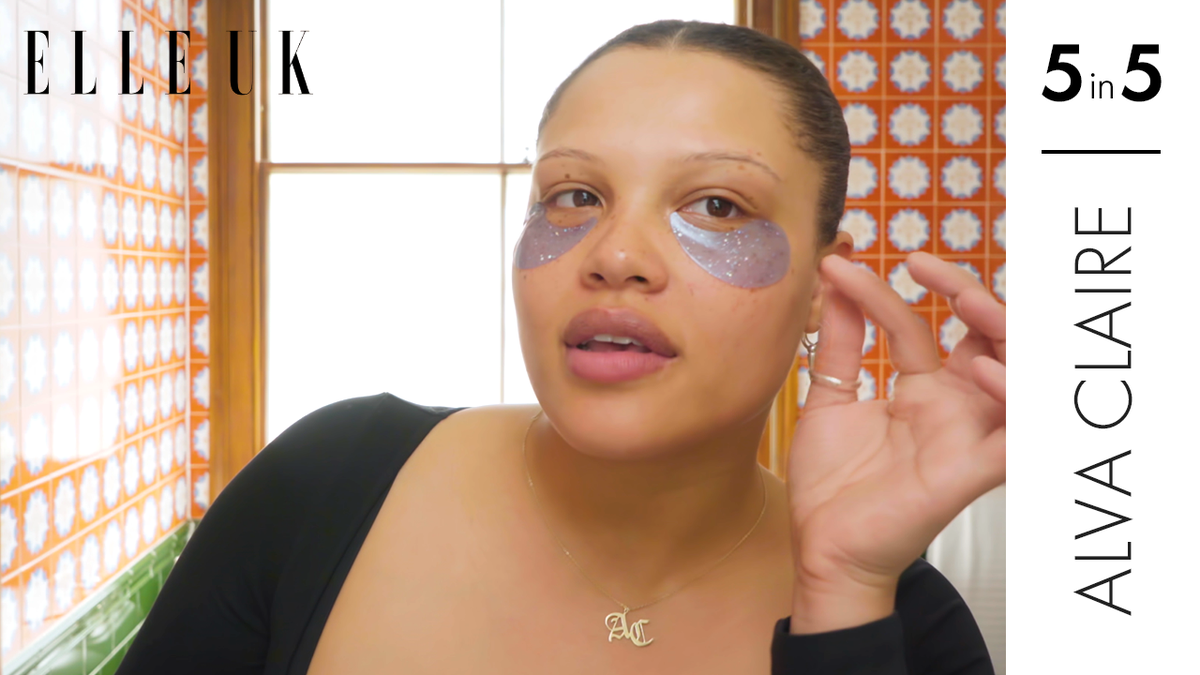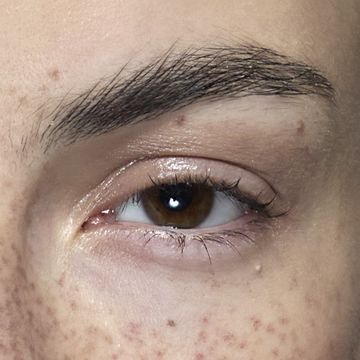Skintellectuals - ELLE's panel of pros pass judgement on the latest skincare trends, techniques and ingredients.
Many a skincare hack, tip and trend has been born from the leagues of beauty fanatics using social media to share their weird and wonderful tricks. Some of them are pretty useful, some are naff, and some are just downright ridiculous. But, most importantly, not all of them are created equally. Moisture Sandwiching is one - a delicious sounding skincare layering technique, the benefits of which have been extolled across social media due to its apparent ability to vastly improve hydration in the skin.
While the 'everyone's an expert' nature of social media has us all trying to decipher what's legit and what's not, sometimes you need an expert (or three) to weigh in. We turned to two of the leading skincare experts in their field, plus our own editorial team, to weigh in on the moisture sandwiching technique. Because when it comes to applying your skincare, we've only got time for the techniques that really work.
Read on for the Skintellectuals' verdict on moisture sandwiching...
Skintellectual No.1: Dr Rabia Malik, Holistic Aesthetic Doctor and Skin Expert
'Moisture sandwiching is an expression that refers to the process of layering products on damp skin in order to hold water in the skin and prevent transepidermal water loss. It’s primarily designed to improve skin hydration. The trend seems to have originated in Korea, where skincare routines start with skin being left damp after cleansing. Social media and various Reddit boards have caused the expression to become more widespread.
'Moisture sandwiching is particularly good for dehydrated skin as this technique works well in skin where there is a lack of water in the stratum corneum (the outermost layer of skin). Applying serum and moisturiser onto damp skin allows the ingredients in those formulations (such as hyaluronic acid) to hold onto the water that’s on the skin surface and keep skin feeling hydrated for longer. By layering products in a certain way, starting with humectants (such as hyaluronic acid or glycerin) and finishing with more occlusive products (such as shea butter and certain oils), more water ends up being held in the skin.
'Moisture sandwiching should not be done with retinols or acids; these active ingredients should only be applied to dry skin, otherwise there is a risk of deeper penetration, uneven absorption and potential skin irritation or damage.'
The Verdict
'I think moisture sandwiching can work well for most skin types and is particularly effective when skin is dehydrated. It’s a good way to optimise your skincare routine as layering products in this way will get the best results and leave skin looking and feeling healthy and hydrated.'
Skintellectuals No.2: Hannah Thompson, Luxury Hub Beauty Assistant
'Dryness and dehydration have been my skin bugbears for as long as I could remember. That was until I got adult acne last year for the first time in my life, at which point my whole skincare routine was thrown out of whack. In an attempt to navigate completely uncharted territory I incorporated harsh ingredients like benzoyl peroxide to try and tackle the acne. Inevitably it left my skin dryer than the conversation on a bad first date.
'Thankfully, moisture sandwiching started to gather pace online around the same time, so I thought I'd try it out for myself. I got into the habit of spritzing my face with a hyaluronic face mist post-cleanse every morning and night, making sure to pack on my layers of skincare while my face was still damp. Immediately, my skin looked less dull and felt hydrated, and with continual use, I realised the feelings of tightness and dehydration that I'd normally get in the mornings after waking up were gone. People were also regularly commenting on how my skin looked more glowing, which after months of feeling self-conscious about my acne was a real bonus.
The Verdict
'Any time I now (god forbid) run out of my hydrating spray and have to put my serums and moisturiser onto dry skin, I can really notice the difference in how my skin looks and feels, and I'm running to order another bottle that day. Safe to say, I've never looked back.'
Skintellectuals No.3: Dr Alexis Granite, Consultant Dermatologist
'Moisture sandwiching is based on the Korean '3 second rule,' which refers to applying products just three seconds after cleansing, ensuring the skin is still damp and locking in moisture. The benefits of moisture sandwiching are based on the fact that damp skin absorbs products more effectively and allows moisturisers to lock in the added hydration, therefore it's a technique recommended by dermatologists in the management of eczema.
'Ideal humectants for moisture sandwiching are hyaluronic acid, glycerol and beta glucan. Occlusives include waxes, silicones, oils and petrolatum.
'Moisture sandwiching can benefit all skin types, but especially those with drier, more sensitive skin. Another benefit of this method is less time needs to be spent on your routine as you don't need to wait in-between each product layer.
The Verdict:
'Moisture sandwiching does work in terms of boosting hydration levels within the skin, however many people cannot tolerate a very heavy occlusive balm due to potential for congestion and breakouts. Using a lighter emollient as the final step when moisture sandwiching can also be effective.'




















